The art market flows with joy in Mallorca. Galleries and collectors have risen from lockdowns reinforced. Some expand and others land for the first time. And it does not end here: new openings of exhibition spaces are expected, while they travel the active online world comfortably, in a perfectly compatible physical-virtual relationship… and highly profitable. Although no one wants to put figures on the economic volume generated by the art market in the Balearic Islands -not even the Treasury, the State or the autonomous region, whose sources consulted state that they do not even know an approximate data- a brief exploration of Mallorca Caprice could place it around the 60-80 million euros, with very different positions among the numerous operators in a totally globalized market.
Mallorca Caprice wanted to recreate the artistic emergence of the islands by talking to four solid gallery owners. They all influence the brand of the Balearic Islands as a land of promise at an international level: security, infrastructures, strategic location, communications, human dimension, climate, etc. Aspects that have multiplied their value after the expansion of COVID.
“In addition to these clichés, which are still present, there is the ease of opening businesses here and urban development. Residential tourism has a purchasing power above the average, which translates into urban expansion -explains Frederic Pinya, second-generation owner of the emblematic and senior Pelaires gallery and president of Art Palma-. We must also count on the fact that the world has undergone a remarkable change: money has passed from one hand to another, new money, and these are people who land in Mallorca”.
For his part, Gerhardt Braun, one of the most expansive operators of artistic spaces in the Balearic Islands, exemplifies: “The Balearic Islands are the Miami of Europe. There is no other place like this in the world. And with COVID, people know that they can live here and have the company in Stockholm. There are those who have several houses, one here, one in Zurich, Hamburg, etc., and sometimes they buy here for all of them”.
“There is a lot of Europeans with second residences in Mallorca -Pinya adds- who seek to enlarge that collection, but, in parallel, there is the first residence, which has its important collection and purchases here, from which many of us live”. Óscar Florit, gallery owner of L21, one of the most active on the island, points out: “If we are now experiencing important moments, I think that in the gallery context better ones will come. The ideal conditions exist for international collectors to come to visit your project”. María Baró, founder of the well-known Baró Gallery, also based in Sao Paulo and Lisbon, incorporates into the island story “the artistic tradition of Mallorca and the contemplative life of second homes and tourists, something magnificent for the galleries that provide cultural offer to their stays”. According to the gallery owner, Mallorca is “a strategic point that connects Europe with Latin America”, one of the reasons for its opening on the island as it is a gallery born in Brazil.
Surfing the great global market Florit is an experienced online operator: “I am continually looking for new artists to work with, online and on various platforms. In the end we have created a kind of niche where there are young artists who write to us. We sell a lot in the US and Asia, as well as Europe, through various channels, social networks, the web, experience at trade shows and others”. “Today it is the artist who has the power”, says the owner of the L21, “when collectors had it before. I’m not saying they lost it, but it’s not the same anymore. Although I am not talking about all artists, that happens because today there is much more demand than supply and they decide who and when. But we are a country that does not understand that yet. The collector believes that he has the power of when and how to buy, but this is no longer the case, which is appreciated because it is the artist who has to be the important one in this story.
It is the artist who benefit from this emergence. I work with very young artists who go from zero to one hundred in a year and they pull the strings, decide who they work with, who they sell to and who they don’t. We are experiencing a role change in the art scene”. For Pinya, “the art market in globalization has infinite possibilities, although you have to have a lot of raw material to keep refreshing. How do you do it with artists who don’t want to get burned, who also work with other galleries that are also on Artsy? [an art marketplace].
It is complex. You have to measure a lot to avoid saturating the market. There are very young artists who already have a waiting list. And if you go into the Asian market, you can sell a hundred pieces in one morning. We do not have a physical dimension, the box, the carrier, the observer who comes… A very high percent- age buys online”. “It is very difficult to establish a geographical framework”, continues the Pelaires gallery owner. Months ago we did operations in Peru, New York, Hong Kong and Philadelphia. It is brutal. Even so -he reflects- I am a defender of phys- ical confrontation. It has nothing to do with being shown a photo of a work from all perspectives to get here, to the gallery, see the work and say Wow, something has moved inside you”.
For his part, Braun is not an “internet fan”. He wants to see the artwork. “We are on the golden mile of Palma -as journalists sometimes say- and people come to the galleries. The Internet does not have the same feeling as when a couple enters, approaches a painting, looks at it several times and falls in love with it. Art needs emotion and culture. I can look online, but I will never pick up a work if I don’t see it”. Baró affirms that “the online market brings great advantages when it comes to linking international links. Likewise, the gallery needs a physical space to house the works. We can provide the means and tools of promotion, but the experience of ‘living’ a work of art can never be changed”. From the first moment, Baró has opted for the contemporary, supporting new media such as NFT art [a certified digital work]. For this room, online sales are also “common”.
Art or decoration?
The presence of art works among decorative design objects, or vice versa, is increasing. An old debate that raises discrepancies. Gerhardt Braun, whose galleries combine both concepts, is conclusive: “What for some is art for others is not. What I am saying is that art is good if it fills a large space, if not, the space eats up the work”. On his part, Florit emphasizes: “Not talking about decoration would be naive, it would be silly because in the end the pieces must coexist in the space with the people, therefore they must have a certain pleasant aesthetic. This cannot be ignored”. María Baró disagrees: “The objective of decoration is merely aesthetic and art elevates us to another dimension, it is more subtle. Art not only seeks the aesthetic but also the existential part, of connection with the spiritual”.
And Frederic Pinya closes along the same lines: “Art produces a feeling for you, the other is answered with a “I like it”. People say it’s pop-art, but I don’t think it has anything to do with it. You have to separate art from decoration. The great job of a gallery owner is to make good art and the market marry”.
Texto: J.E. Iglesias. Palma
- Óscar Florit, gallery owner of L21. Photo: L21
- Leon Löwentraut and Gerhardt Braun, Photo by Sebastian Drüen.
- Sara G. Arjona, director of the Baró Gallery. Photo: Baró.
- Frederic Pinya, Pelaires gallery. Photo: Pelaires.

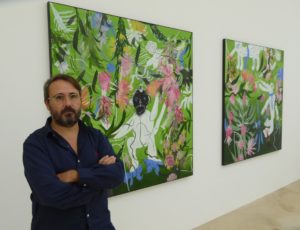
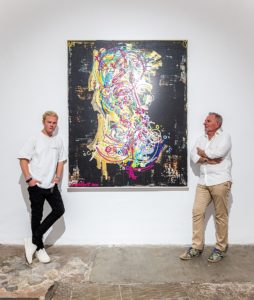

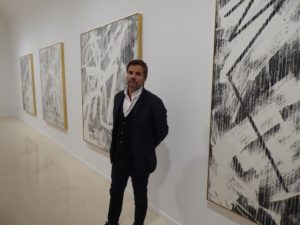

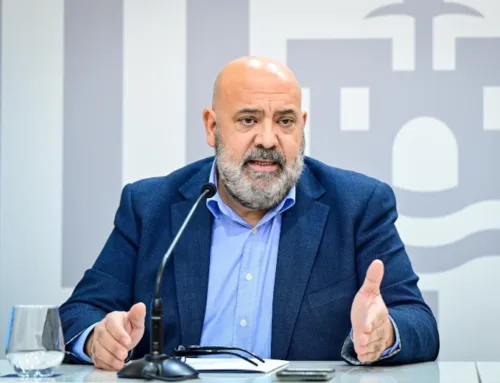
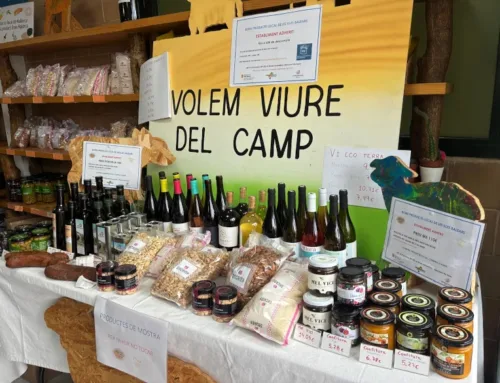

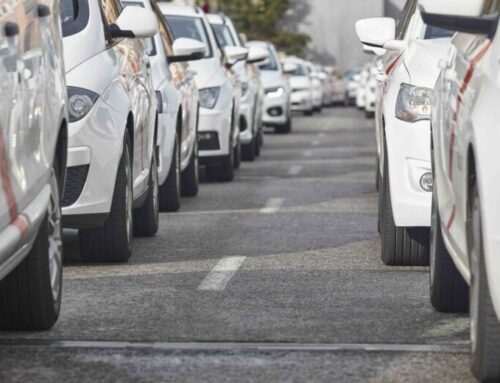
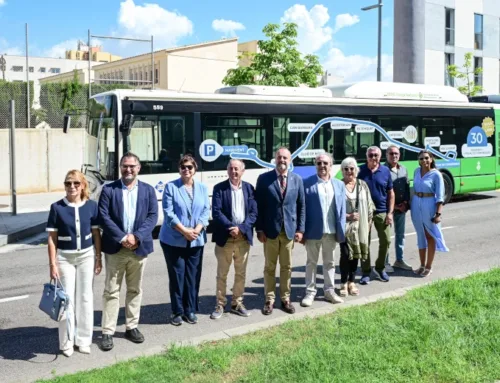

Leave A Comment